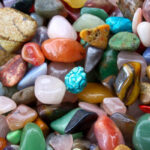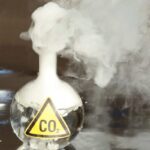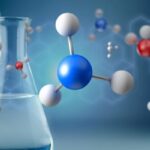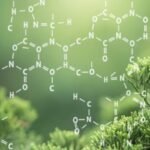We explain what an inorganic compound is and its properties. Also, the types of inorganic compounds that exist and examples.
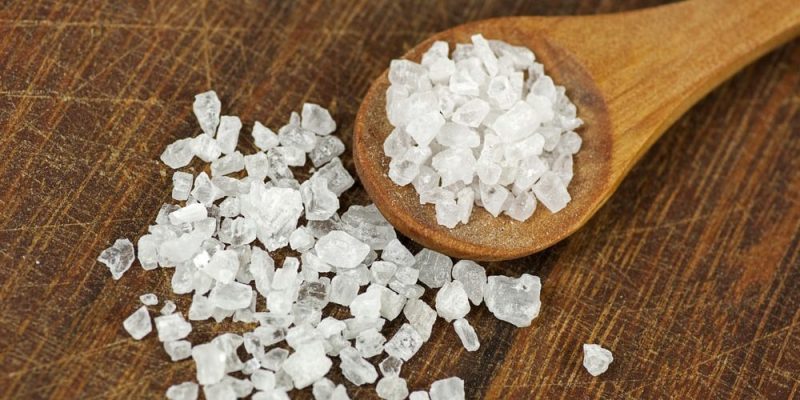
What is an inorganic compound?
Unlike organic compounds, typical of the chemistry of life, inorganic compounds are those whose composition is not based primarily on carbon and hydrogen but involves various types of elements, almost all known from the Periodic Table.
These compounds are formed through reactions and physical phenomena present in nature, such as solar energy, the action of electricity or heat, etc., which allow the creation of various substances. Its atoms and molecules are usually joined by ionic or covalent bonds.
Despite the variety of elements available, inorganic compounds they are quite less abundant and diverse than organic ones. Furthermore, they have a different form of nomenclature and are usually involved in different processes.
Inorganic compounds can be classified into: oxides, peroxides, hydrides, salts, hydroxides and oxacids.
What properties do they have?

Inorganic substances can differ enormously from one another, which is why Its properties are not always common nor are they universal. In general terms, however, some properties can be mentioned:
- Good conductors of heat and electricity.
- The ionic (electrovalent) bond predominates in them.
- They have melting and boiling points.
- Some solids usually present hardness and fragility.
- They usually organize in the form of crystals when they are solid salts, due to the lack of mobility between their ions.
Types of inorganic compounds
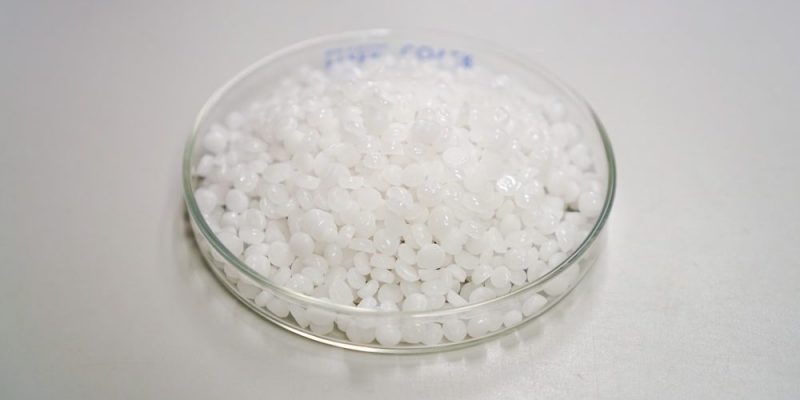
inorganic compounds present a wide variety of structures but they can be classified according to the number of elements involved in the formation of each compound, as follows:
- Binary compounds. They are those that are made up of only two chemical elements. Such as:
- Oxides They are compounds formed by the union of oxygen (O2) with some metallic (basic oxides) or non-metallic (acidic oxides) element from the Periodic Table. For example: chlorine oxide (VII) or dichlorine heptaoxide (Cl2EITHER7), iron (II) oxide or ferrous oxide (FeO).
- Peroxides. Peroxides are formed by the union of the peroxide group (O22-) with a metal element. In these compounds oxygen has oxidation number -1. For example: gold(III) peroxide (Au2(EITHER2)3), lithium peroxide (Li2EITHER2).
- Hydrides They can be metallic and non-metallic. Metal hydrides are formed by the union of a hydride anion (H–) of negative electrical charge, with any metal cation (positive charge). Non-metal hydrides are formed by the union of a non-metal (which, in this case, always reacts with its lowest oxidation state) and hydrogen. Hydrides are generally gaseous and are named by prefixing the name of the nonmetal followed by the phrase -hydrogen. For example: Lithium hydride (LiH), beryllium hydride (BeH2), hydrogen fluoride (HF(g)), hydrogen chloride (HCl(g)).
- Hydracids or binary acids. They are binary acids composed of hydrogen and a nonmetal other than oxygen. For example: hydrochloric acid (HCl(ac)), hydrofluoric acid (HF(ac)) or selenhydric acid (H2HE(ac)).
- Binary salts They are compounds formed by sets of electrically charged atoms, whether cations (+) or anions (-). These salts are made up of only two types of atoms. For example: calcium chloride (CaCl2), iron(III) bromide or ferric bromide (FeBr3).
- Ternary compounds. They are compounds in which three chemical elements are involved. Such as:
- Hydroxides. They are compounds resulting from the union of a metallic element with a hydroxyl group (OH–). They are commonly called “bases” or “alkalis.” For example: sodium hydroxide (NaOH), germanium (IV) hydroxide (Ge(OH)4).
- Oxacids They are acidic compounds that arise from the reaction between an anhydride (a non-metallic oxide) and water. Its formula always depends on a HaAbOc pattern, where A is a transition metal or a non-metal, and a, b, and c are the subscripts that indicate the quantity of each atom. For example: sulfuric acid (H2SW4), carbonic acid (H2CO3)
- Ternary salts They are compounds formed by sets of electrically charged atoms, whether cations (+) or anions (-). These salts are made up of only three types of atoms. For example: lithium nitrate (LiNO3) and copper (II) sulfate (CuSO4).
Examples of inorganic compounds
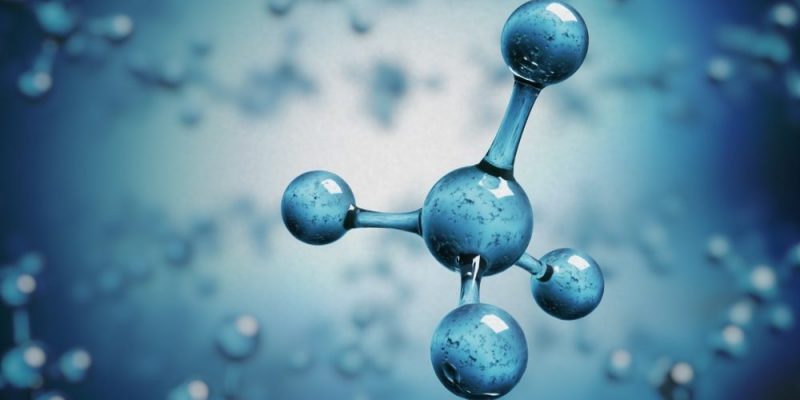
Some commonly used inorganic compounds are:
- The water (H2EITHER). Despite being so abundant in the world and being essential for life, water is an inorganic substance. This substance is liquid at normal temperature (25 ºC) and solid when it is cooled below 0 ºC. On the other hand, when it is subjected to temperatures above 100 ºC it transforms into vapor.
- Sodium chloride (NaCl). It is the common salt that we use to eat. It is composed of a sodium atom and another chlorine atom, and is found abundantly in the Earth's crust, especially dissolved in sea waters.
- Ammonia (NH3). It is an inorganic molecule composed of hydrogen and nitrogen. This substance is excreted along with others (such as urea) as waste from the metabolism of various living beings. It usually comes in gaseous form and has a characteristic unpleasant odor.
- Carbon dioxide (CO2). It is a gas composed of carbon and oxygen. It is extremely abundant in our atmosphere since various metabolic processes expel it as a byproduct, for example, animal respiration, fermentation, etc. It is, at the same time, the elemental input to carry out plant photosynthesis.
- Calcium oxide (CaO). Also called “quicklime”, it is widely used in construction. It is obtained by calcining limestone rocks or dolomites, rich in mineral calcium sources.
References
- “Inorganic chemical compounds” in Monografias.com.
- «Chemistry I. Introduction to the study of matter» by Ana Beatriz Picado. Milton Alvarez. Publisher: State Distance University. ISBN: 978-9968-31-626-2

